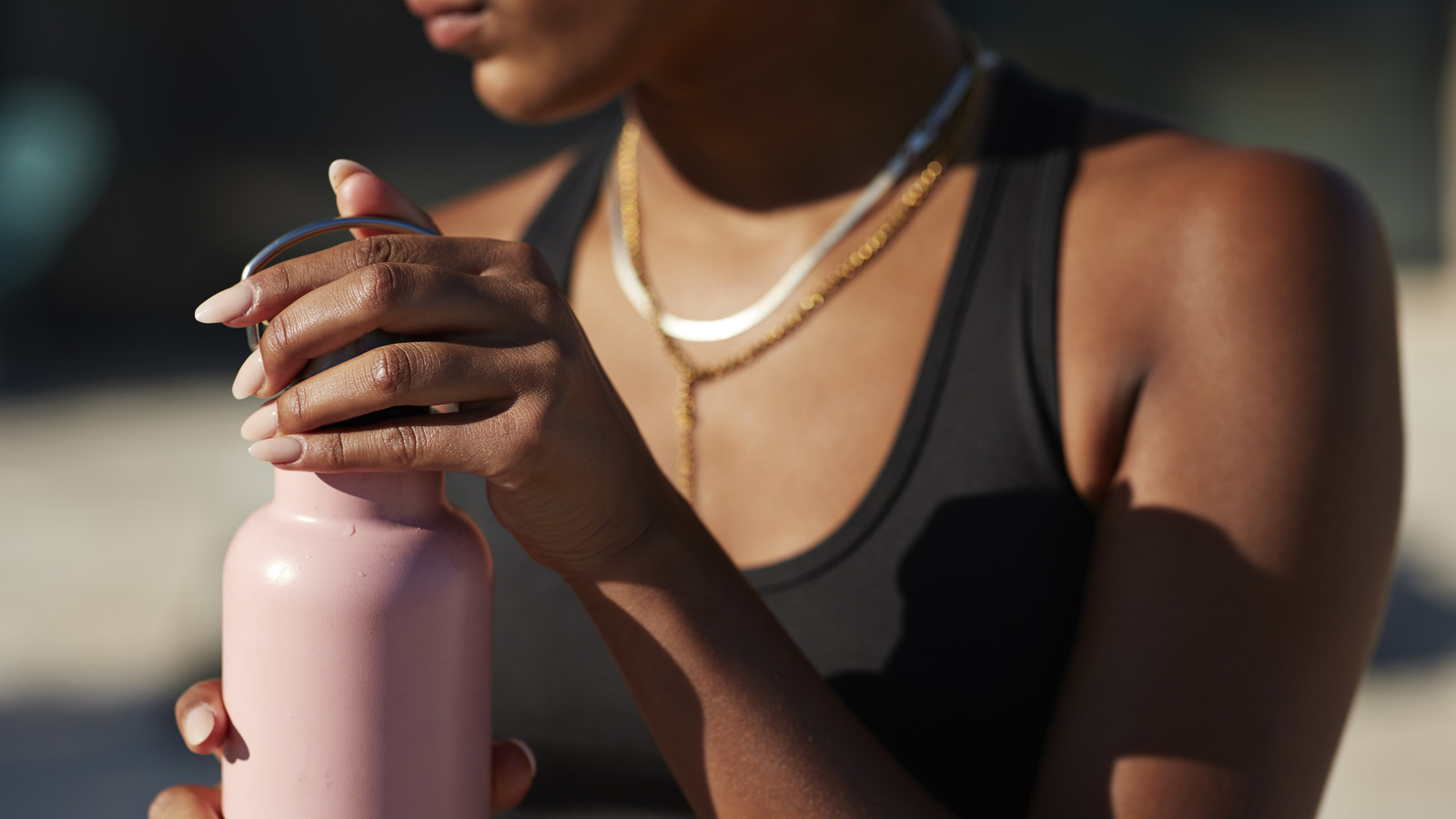
"Water can taste different due to the material of the bottle it is stored in. The interactions between the water and the bottle's material affect both the quality and taste."
"Leaching is a concern with some materials that can lead to contamination, making certain bottles unsafe for long-term use, especially under heat."
"Temperature retention in a bottle greatly influences taste perception. Cold water tends to taste crisper, while warm water often highlights more acidic flavors."
"It's crucial to choose water bottles made from durable, non-reactive materials to enhance the quality of the water and maintain its taste."
Water tastes different in various containers due to interactions with the bottle material. Reactive materials can lead to leaching, making water unsafe. Temperature also affects taste; cold water tastes crisper while warm water emphasizes acidic flavors. Choosing durable, purpose-made bottles can improve the quality and taste of water. Educational awareness about the impacts of container choice on flavor is essential to enhance the drinking experience. Poorly constructed bottles can significantly degrade the drink's flavor, making bottle selection critical for optimal taste.
Read at Tasting Table
Unable to calculate read time
Collection
[
|
...
]